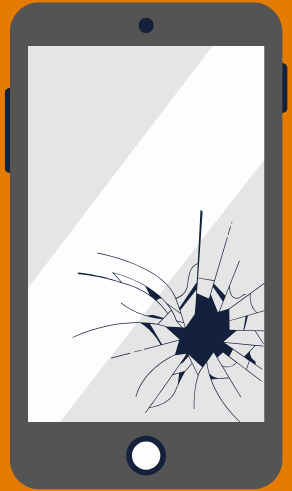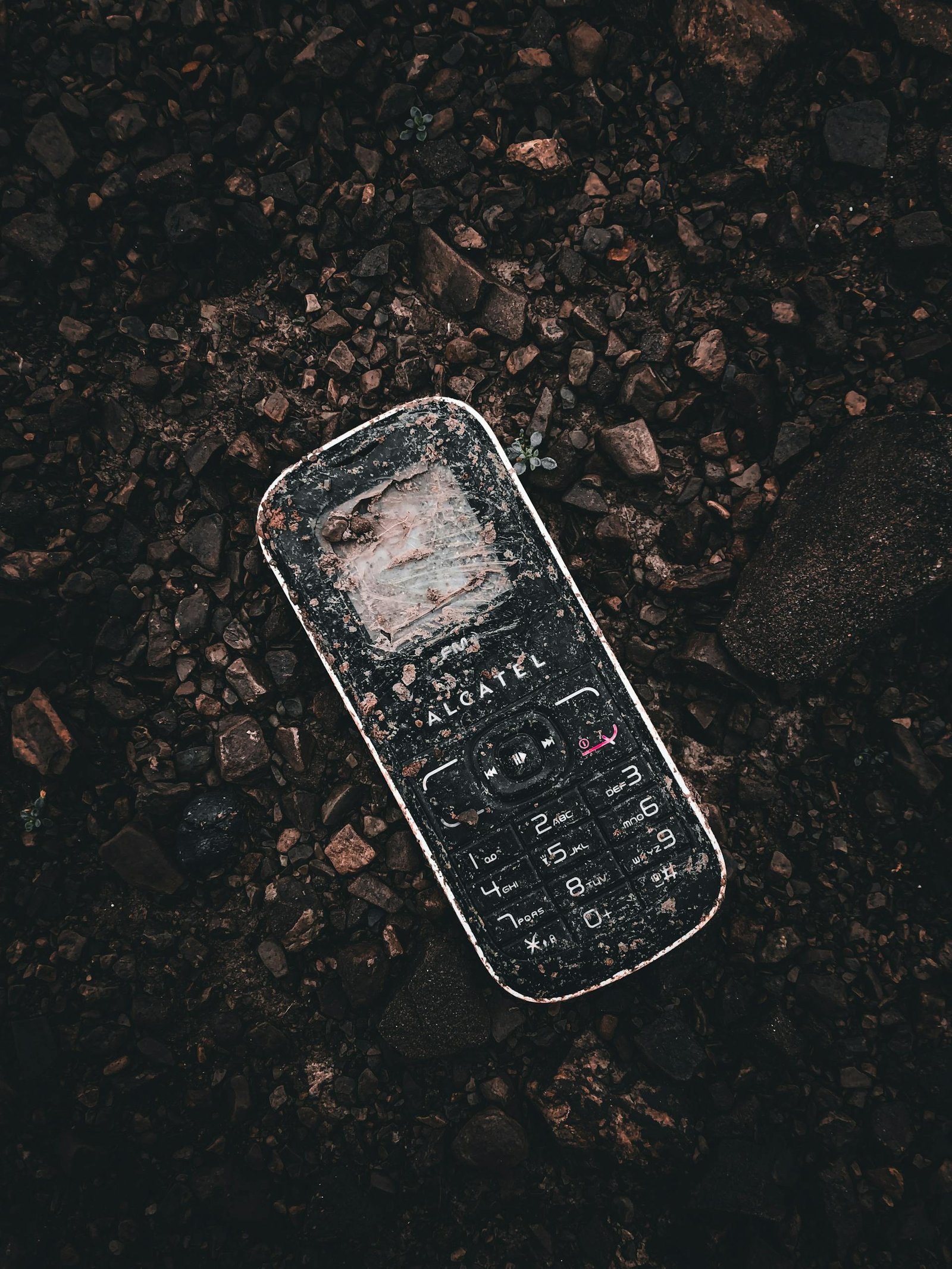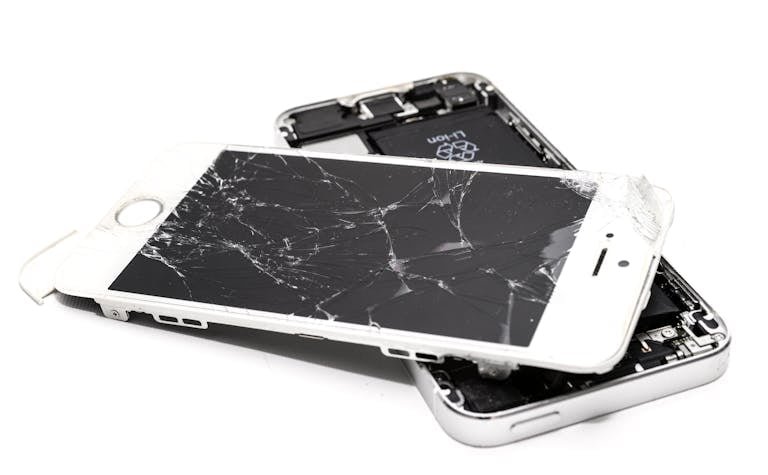The Science Behind Drop Protection: What Actually Saves Your Device
The Science Behind Drop Protection: What Actually Saves Your Device
When your phone slips from your hand and hits the floor, it feels like time stops. That heart-dropping moment leaves you wondering: will it survive, or will you be facing another expensive repair? What actually determines whether your phone cracks, chips, or walks away unharmed isn’t luck — it’s physics and engineering. Let’s break down the science behind drop protection and what really keeps your device safe.
Why Drops Destroy Phones
Every drop converts potential energy (from your hand’s height) into kinetic energy as the phone accelerates toward the ground. When it lands, that energy must go somewhere — and if your device can’t absorb or redirect it, the force transfers into fragile internal parts like the screen, battery, and circuit board.
Hard impacts cause two types of damage:
- Structural damage, such as cracks in glass or dents in metal frames.
- Internal damage, including loosened connectors, bent logic boards, or battery compression.
The goal of drop protection is to spread, absorb, and redirect that impact energy before it reaches your phone’s weakest points.
The Role of Shock Absorption
The first line of defense is your case material. Materials such as TPU (thermoplastic polyurethane), polycarbonate, and silicone rubber are engineered for energy absorption.
- TPU flexes on impact, dispersing shock outward through the case instead of into your phone.
- Polycarbonate adds rigidity to prevent frame bending.
- Hybrid cases combine both: a hard outer shell with a soft inner layer that cushions and channels impact forces.
The key idea is to delay the transfer of energy — a few extra milliseconds of energy absorption makes all the difference between a shattered screen and a safe device.
Why Air Pockets and Corner Bumpers Matter
Physics shows that impacts often hit corners first. Corners focus force into a small area, which can easily crack a display or warp a chassis. That’s why high-end cases feature reinforced corners or air pockets.
These act like miniature airbags, compressing slightly during a drop to absorb and redirect energy diagonally through the case instead of straight into the phone’s body. Even a few millimeters of cushioning can reduce peak impact force by more than half.
Screen Protectors and Impact Dispersion
Tempered glass screen protectors don’t prevent every crack, but they can absorb enough impact to sacrifice themselves in place of your real screen. The science lies in controlled fracture: when struck, tempered glass shatters into tiny pieces that disperse energy outward, sparing the expensive OLED panel beneath it.
A protector also spreads localized pressure — such as from a sharp object — across a wider surface area, preventing microfractures that can later expand into full cracks.
Why Drop Height and Angle Matter
The same phone can survive one fall and break from another. The reason is impact angle. A flat drop spreads energy evenly across the case, while a corner impact concentrates it in a single point. Studies show corner impacts create up to four times more stress on a device’s structure.
That’s why real-world drop tests often include multiple angles — face, edge, and corner — to mimic accidents realistically. Cases that pass these tests, especially MIL-STD-810G certified ones, are proven to resist impacts up to about 1.2 meters (4 feet) without functional damage.
Materials That Make the Difference
Beyond the case, internal design also helps. Many modern phones use aluminum or titanium frames with small flex points that dissipate vibration. Some manufacturers insert elastomer buffers around sensitive components like camera modules and batteries. Combined with an external case, these design elements increase durability dramatically.
For the average user, the protective gear that matters most includes:
- Shock-absorbent case (TPU or hybrid)
- Tempered glass screen protector
- Optional vinyl skin or wrap to prevent scratches and improve grip
The Hidden Role of Grip
Prevention is better than protection. Most drops happen simply because phones are slippery. Textured cases, rubberized wraps, or matte finishes reduce the chance of accidental slips. Even minor grip improvements significantly lower drop frequency — which means less impact energy to worry about in the first place.
Recommended Gear Based on Physics
- OtterBox Defender – Dual-layer system with reinforced corners that redirect force away from the phone.
- Spigen Tough Armor – TPU core and polycarbonate shell for controlled energy dispersion.
- Vinyl Wraps – Add friction and scratch resistance without bulk.
- Spigen EZ Fit Screen Protector – Tempered glass engineered for edge-to-edge energy distribution.
- UAG Monarch – MIL-STD-tested for shock, vibration, and edge impact.
Drop Protection
Drop protection isn’t just about looks or luck — it’s about managing the laws of physics in your favor. The right combination of materials, design, and smart use habits can reduce your risk of serious phone damage by more than 80%.
A simple case and screen protector might look ordinary, but they’re engineered with complex energy-management science that keeps your device alive through everyday accidents.
RoughWrap.com — Wrap It. Guard It. Keep It Rough.
Amazon Affiliate Disclosure:
RoughWrap.com is a participant in the Amazon Services LLC Associates Program, an affiliate advertising program designed to provide a means for sites to earn advertising fees by linking to Amazon.com and affiliated websites.



